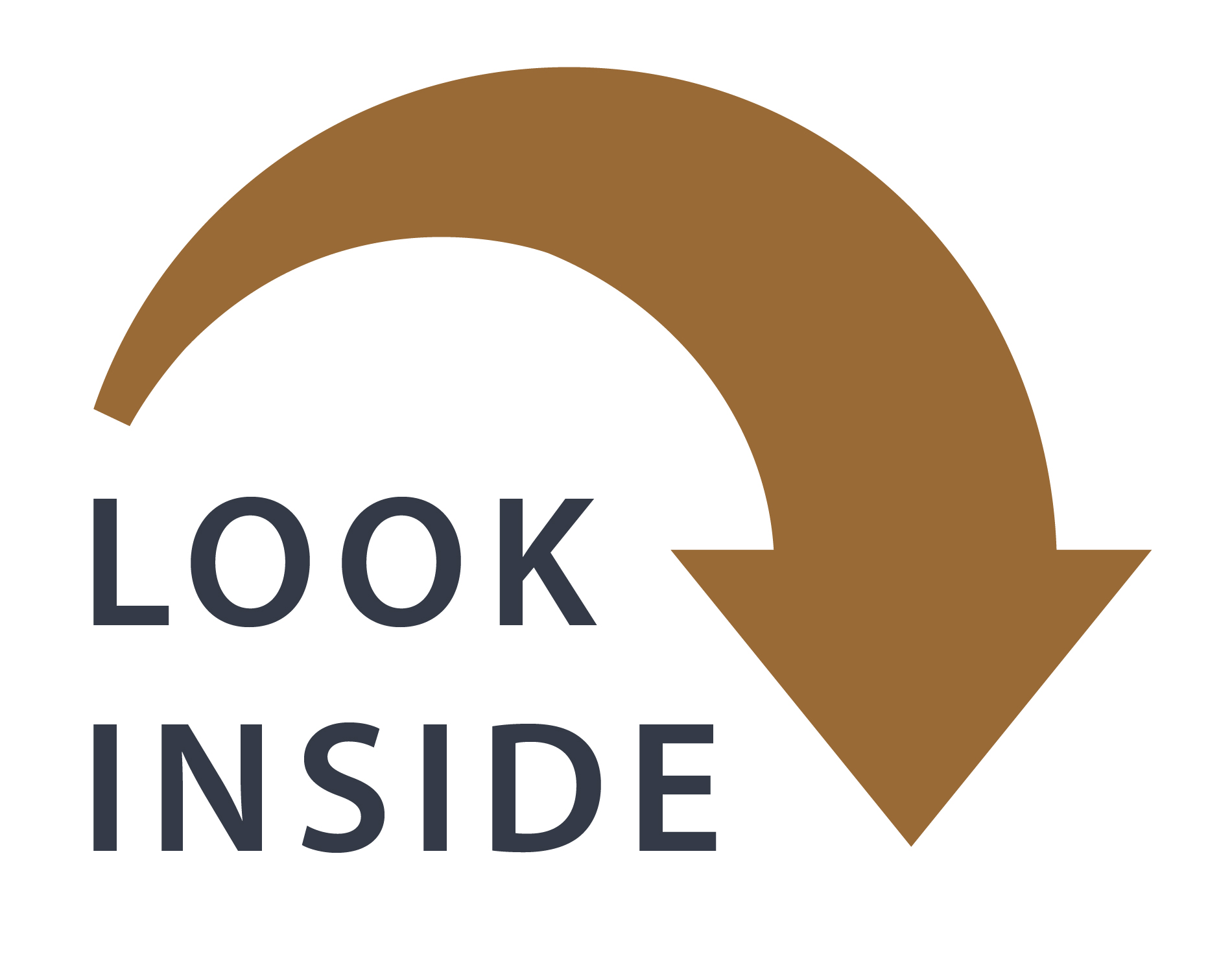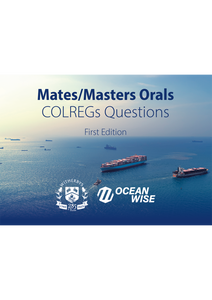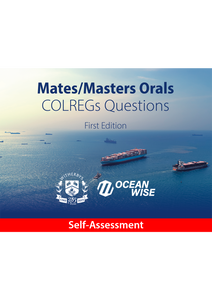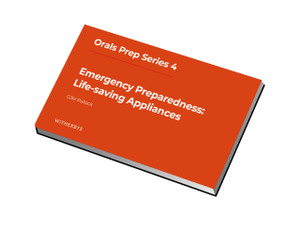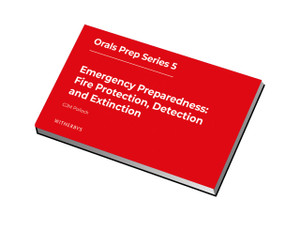
This comprehensive study guide is designed to help you prepare for the Chief Mate and Master Unlimited Certificates of Competency. It provides a structured framework for exam preparation aligned with the syllabus, covering key topics, Codes and Conventions and practical aides and resources for effective self-study.
This publication has been meticulously developed to support maritime professionals preparing for the Chief Mate and Master Mariner (Unlimited) Certificates of Competency. Compiled by Captain Iain Macneil throughout his own orals preparation between 2023 and 2024, this guide consolidates essential regulatory knowledge, critical subject matter and practical insights into a single, structured resource.
Designed as a comprehensive study aid, the guide covers the full syllabus, including ship certification, and statutory Codes and Conventions, with emphasis on those involving human element considerations such as the ISM Code, ISPS Code and the Maritime Labour Convention. It also addresses the professional standards expected of a Master. The guide includes revision frameworks, examination techniques, equipment checklists, M-notices and self-assessment materials. Chapter Five contains the complete course syllabus as delivered by OceanWise Training. Additional resources include topic-specific study notes, question-and-answer sheets, single-subject summaries and perforated worksheets, supporting a broad range of operational and regulatory topics.
While not a replacement for formal instruction, this resource is intended to reduce inefficiencies in self-directed study and to provide a logical and structured approach to oral exam preparation. It is a valuable tool for any officer aiming to achieve success at the Chief Mate or Master Unlimited level.
Having gone to sea in 1987 at the age of 16 and undertaken the OOW syllabus in the 1980s and the Mates/Masters syllabus in the mid/late 1990s, I went on to create the 1st edition of 'Macneils Seamanship Examiner' in 1999 to help officers undertaking their Deck CoCs.
After setting up Todday Publications that was renamed Seamanship International in 2001, we subsequently went on to acquire Witherbys in 2008.
2008 to 2020 was a period of working excessively hard at modernising the provision of technical and operational guidance for shipping and getting to the goal of establishing the leading eBook reader for shipping, that today is known as 'Witherby Connect'.
While the Covid lockdowns of 2020 through to 2022 will have an effect on all of us in different ways, I took the opportunity in my 50th birthday year to go back to sea (so probably about the age of the parents of most of you who are using this Guide). However, I had the advantage of 25 years in preparing publications for shipping.
Therefore, to return back to sea on a 24 metre ice-breaker and go on to complete a world first circumnavigation of the earth via all the Capes in the Southern Hemisphere on the smallest vessel ever to do so, on MV ASTRA (look up 'ASTRA Circumnavigation Story', on YouTube to see a 22 minute film of that unique voyage). However, I also had a drive to document and share what I learned in those years of preparation, particularly as ever-increasing numbers of seafarers are working on super yachts and explorer yachts.
These notes were compiled across 2023-24 as I undertook my orals for OOW, Chief Mates and Masters, in an attempt to compile what Notes I believed I felt most useful, but with the advantage of having been through it all before, a knowledge of how to document information and the adrenalin boost of actually going on to take all exams from August 2023 to October 2024.
I have seen how much those exams have changed in the last 25-30 years. A UK MCA certificate of Competency is recognised throughout the world as a reflection of professionalism and competence and everyone's path is somewhat different as we have gained different experiences, different learning styles, recall different things and value things in different ways. This Guide is a compilation of the Notes I compiled during that time, with the goal of creating what I believed would be the most beneficial book for anyone undertaking the Chief Mate and Master Unlimited syllabus.
How has it changed in that 25-30 year period? Seafarers by their very nature are resourceful individuals, however the oral exams not only have to deal with the practicalities of seamanship such as berthing, mooring, anchoring, shiphandling and managing all aspects of lifting equipment, you operate in an increasingly regulated world.
At Chief Mates level you have the practical ship surveys such as: Loadline, Cargo Ship Safety Construction, Cargo Ship Safety Equipment and the particulars of HSSC (ACS and EAS) to know inside out, in addition to the ever increasing Codes and Conventions from: Ballast Water, Biofouling, Air Emissions and all the Annexes of MARPOL as a few examples that reflect areas the examiner will be assessing your knowledge of. However, in the last 25 years, with the Chief Mate Unlimited CoC also allowing you to sail as Master (<3,000 gt), on a growing fleet of large yachts, even though you may come from large tankers or container ships, you will also be assessed at Chief Mates level, as if you were to use that CoC to sail as Master <3,000gt. This does increase the knowledge you must have at Chief Mates and the depth and breadth that the examiner can question you on.
When presenting for Master Unlimited, you will get questioned on one (and possibly all) of the Codes and Conventions that the MCA regards as containing a 'human element' ie: The ISM Code, The ISPS Code, The MLC Convention in addition to ensuring you come across as they would expect as a Master.
The very fact that you have this publication identifies you as a professional that wants to ensure they are best prepared and the initial stages of this book will share with you what I believe are the key things you can focus on as you prepare for your oral exams. We take it as given that you have a comprehensive knowledge of the Colregs from your preparation for OOW, you can in your own time reacquaint yourself with those Rules. I spent many hours looking at what candidates were examined on and put my own effort initially in to: Rules: 6, 7, 8, 10, 13, 17, 18 and 19. This does not detract from the other Rules, but these are the ones that I ensured that I was able to recite initially and then I focussed on the rest as required.
Reference PDFs to Download for Chief Mates & Masters (Unlimited)
Introduction
Four and Two months Prior to Your Target Orals Date
Witherbys
Witherbys titles are developed using scripts developed by technical experts that are peer reviewed within work groups. Typically, they seek to improve understanding of the regulations, recommendations and guidelines issued by Industry.
Witherbys staff have significant expertise in the fields of navigation and hazardous cargoes as well as in the presentation of complex subjects in a graphic and easy to understand manner.
- Number of Pages:
- 448
- Published Date:
- June 2025
- Book Height:
- 300 mm
- Book Width:
- 210 mm
- Publication Date:
- June 2025
- Weight:
- 2.3 kg
- Video:
- Yes
- Preview:
- Yes



